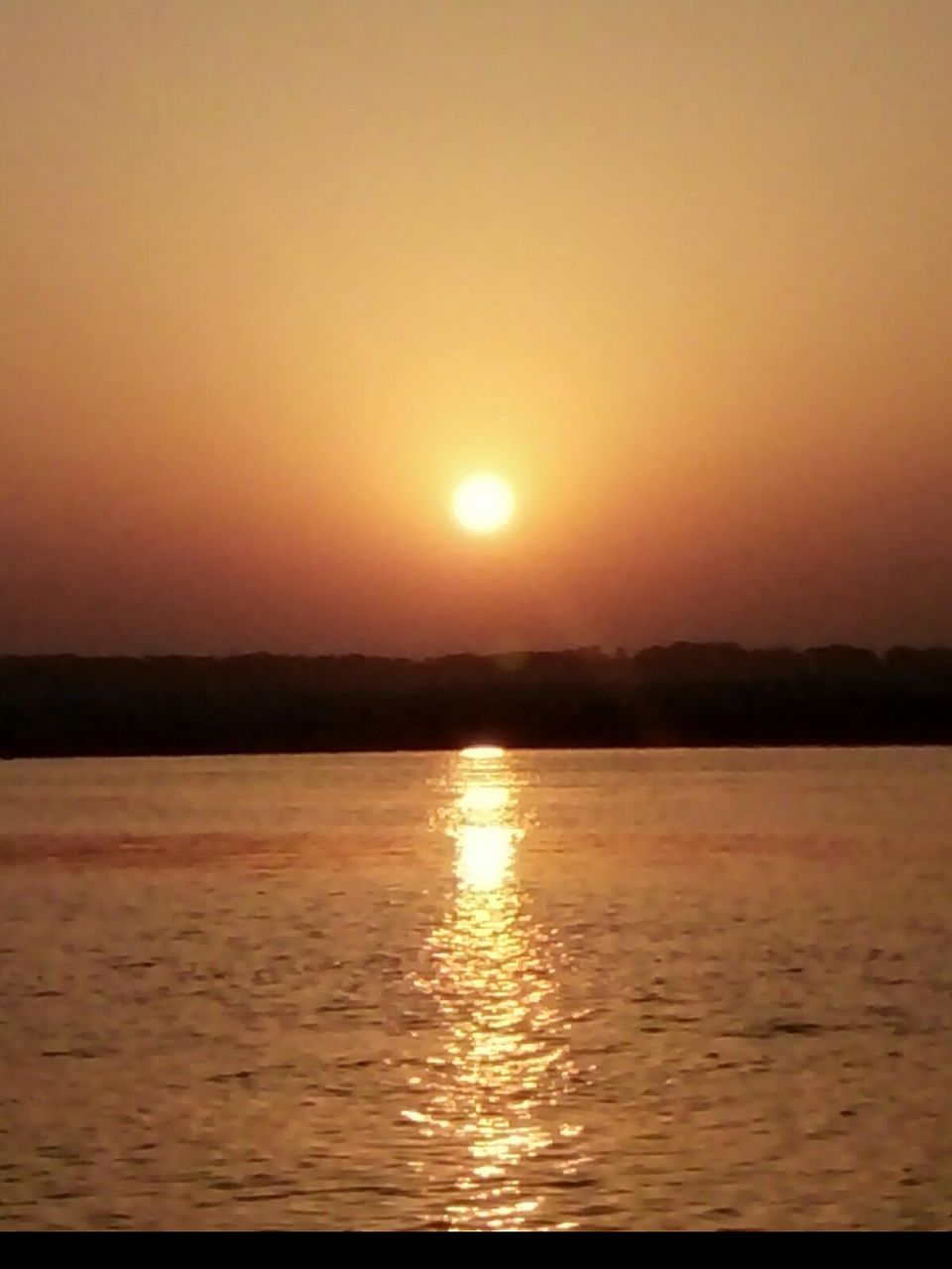
I read somewhere that Varanasi is touted as the oldest city in the world and ever since it had found its place on my bucket list. I was apprehensive to travel here as a solo traveller because of its reputation of not being safe but I experienced it as anything but.
I decided to stay in a hostel in Varanasi. This would be my first hostel experience in India. While there are now a number of new breed of hostels to choose from in Varanasi, I chose 'Hostale', a recently opened one because of its close proximity to one of the ghats - Assi.
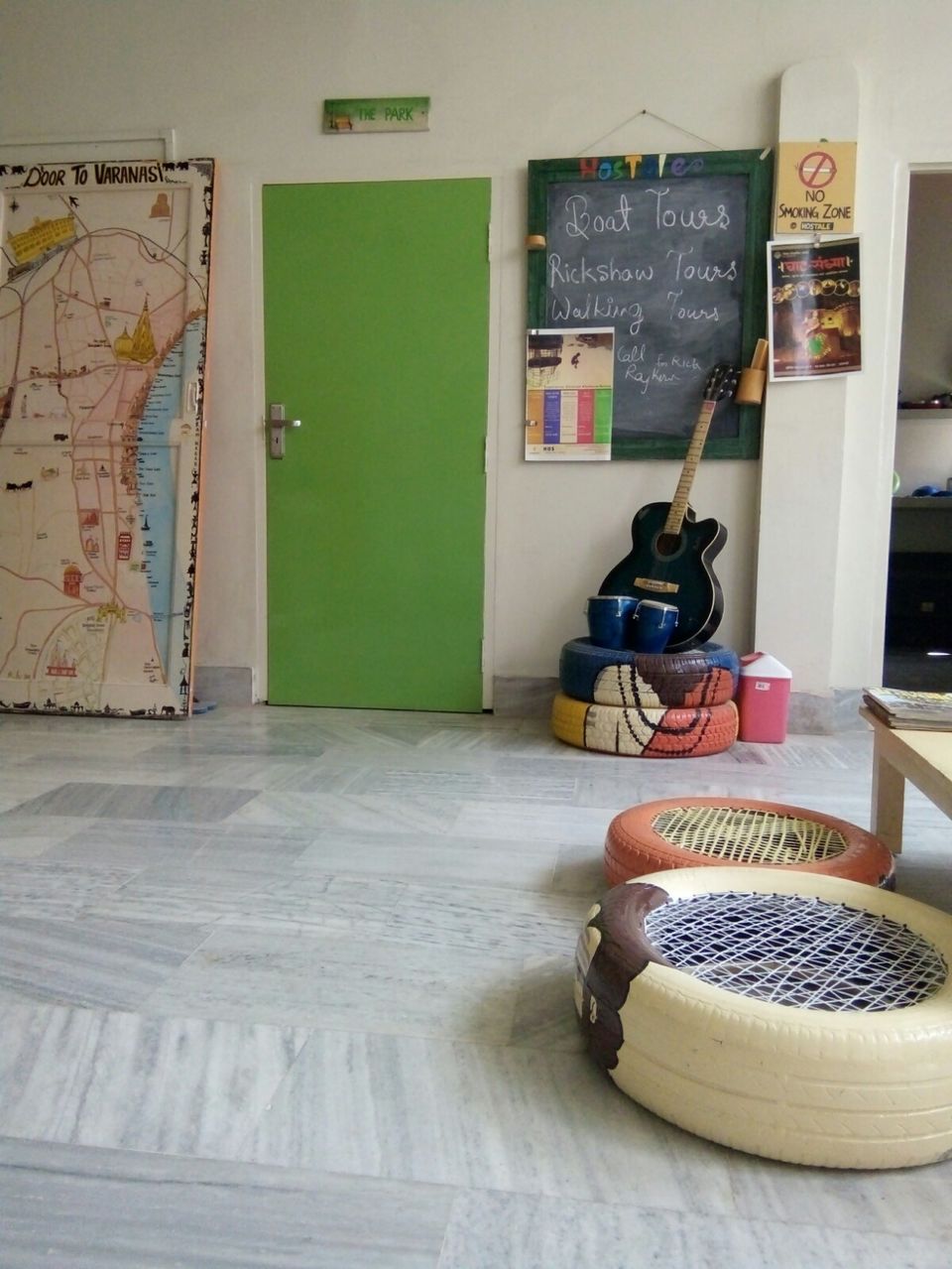
I reached in the evening and after a quick maggi in the hostel to satisfy my starving stomach, I ventured to experience the ghats. I had heard stories about how dirty the ghats would be but I was pleasantly surprised to see clean pathways and signs to use dustbins everywhere that were being followed. I walked from Assi ghats on the waterfront passing Tulsi Ghat, Hanuman Ghat, Harishchandra Ghat, Kedara Ghat, Chauki Ghat, Mansarovar Ghat, Narada Ghat, Amareshwara and Chaunsathi Ghats to reach Dashashwamedh Ghat - known as the 'main' ghat to experience the large evening aarti ceremony that happens here every evening after sunset.
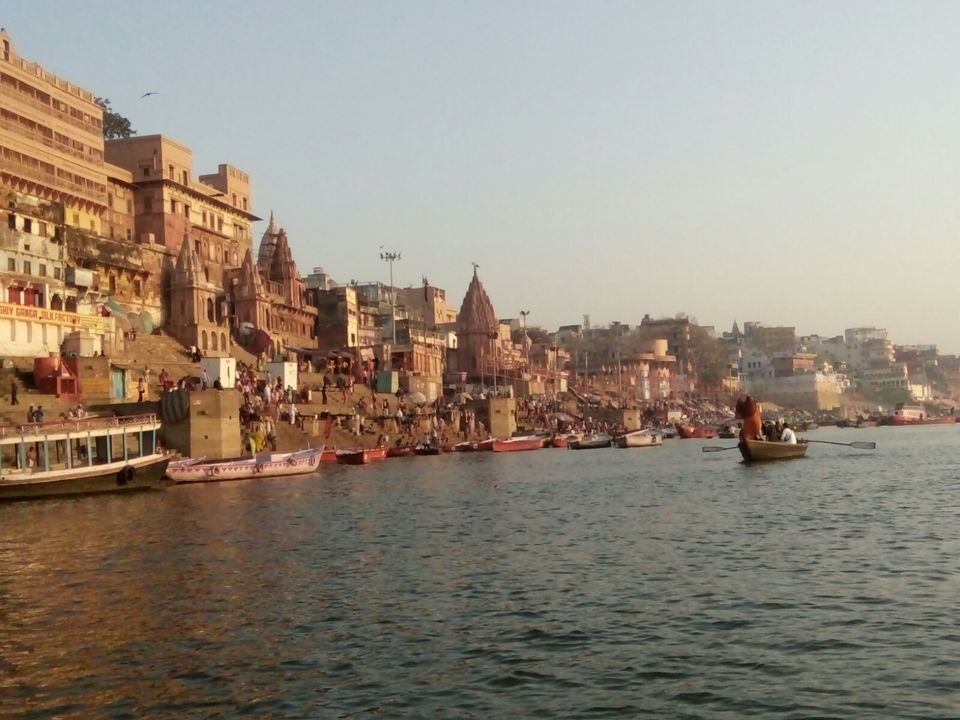
I was early and grabbed myself a seat on the paved steps to witness this event. Slowly, hundreds of people started appearing and sitting on the steps. Boats filled with people appeared on the ganges facing the ghat to view the aarti from opposite me. It was clear that this was quite an anticipated event. The aarti lasted almost an hour with 7 priests doing a choreographed ritual in 2 places on the ghat. I proceeded back to the hostel and retired for the day.
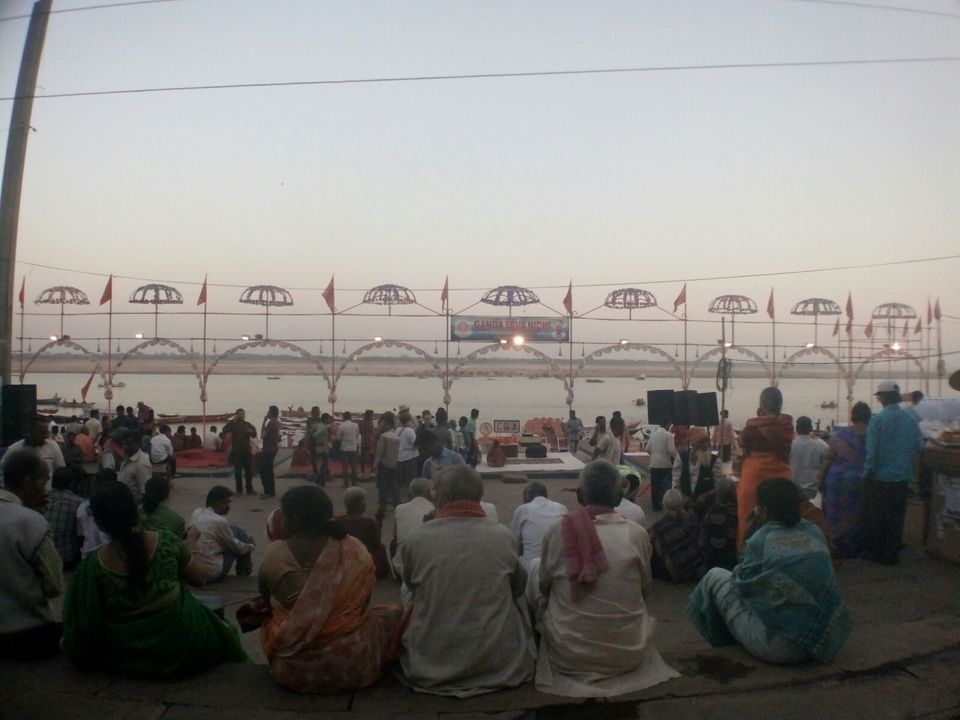
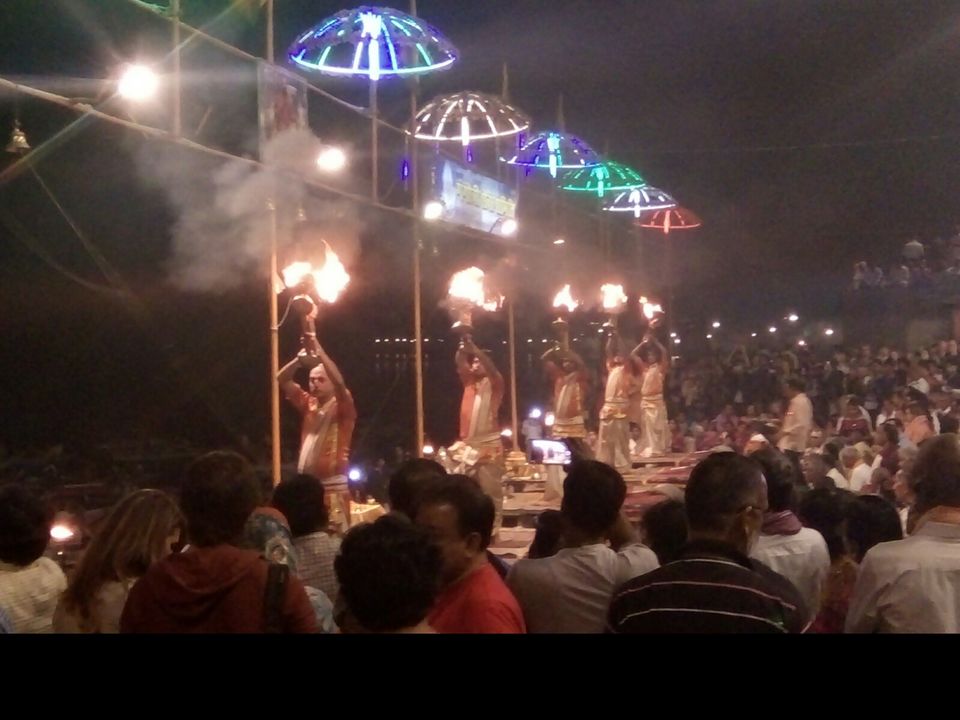
The next day I arranged to view the morning aarti at Assi ghats before the sunrise. The morning aarti is not as famous as the evening one but just as elaborate in the process. After the aarti, I went for a boat tour on the ganges. There were many other boats for company, all come to see the ghats from the ganges at sunrise and filled with tourists like myself.
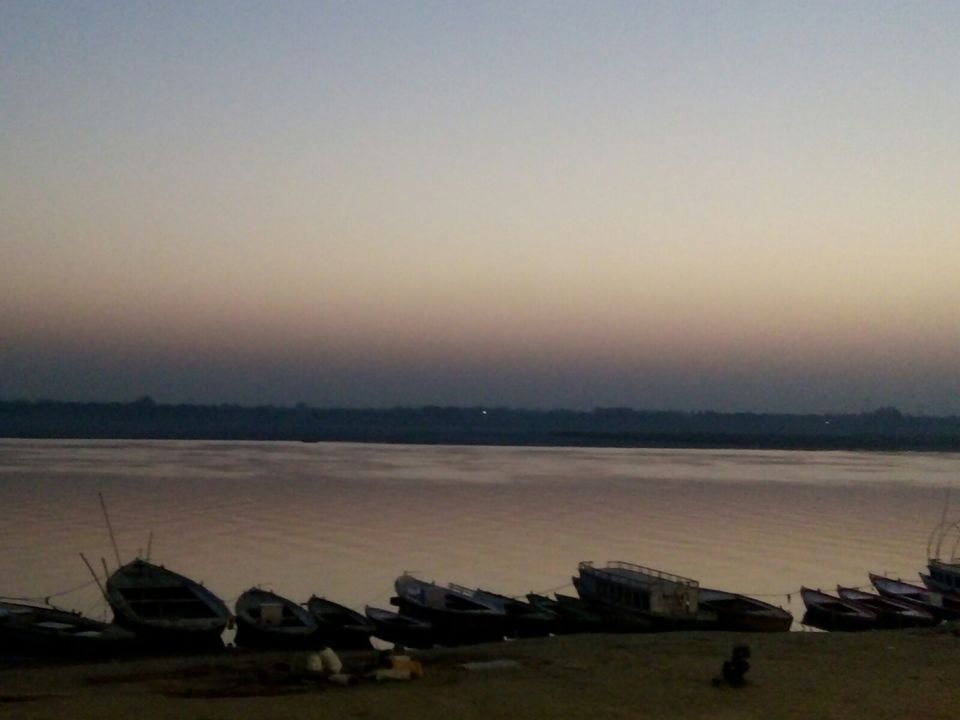
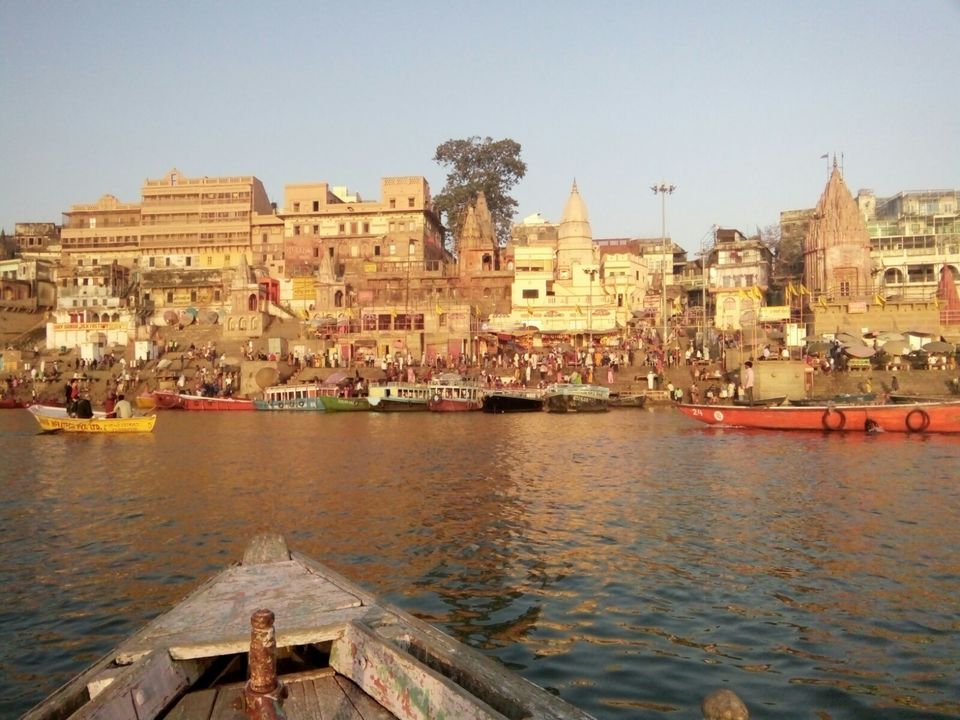
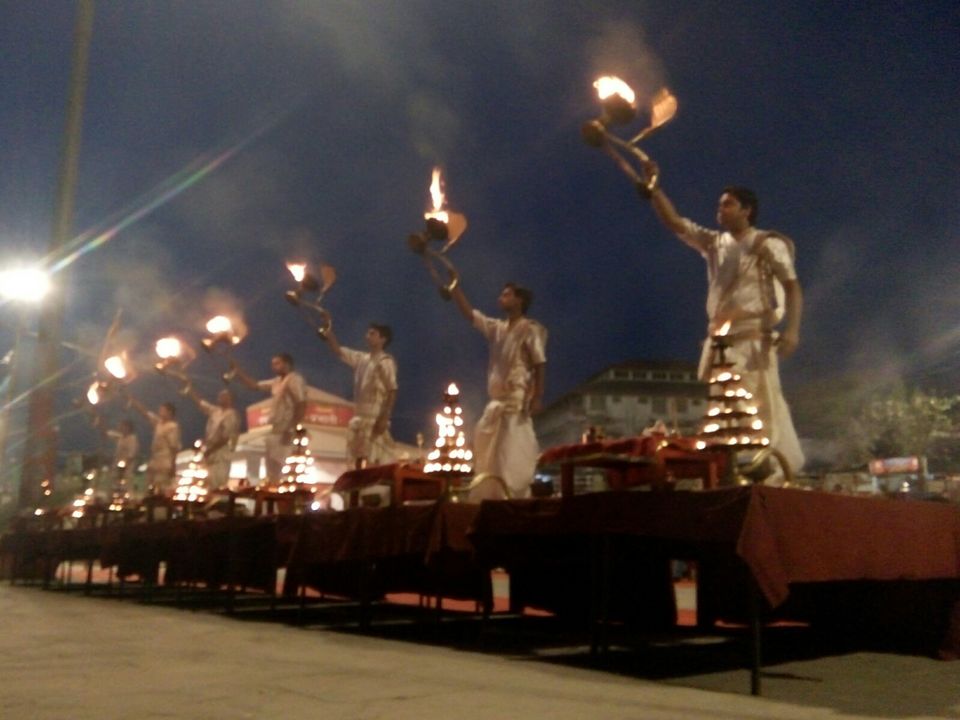
Hostale also offers the service of an autorickshaw excursion with 'Serenity routes', a branch of Hostale to introduce the tourists to an authentic side of Varanasi. The rickshaw I travelled in, called the 'Maharaja Rickshaw' drew a lot of glances from the local people as it is looked regal and quite different from the regular rickshaws of the city.
Abhinav, the brain behind Hostale and Serenity Tours accompanied me and took me to some interesting places and narrated local stories about them. These included:
Banaras Hindu University
The story goes that the founder of the university, Pandit Madan Mohan Malviya wanted land to build the university so he went to the Raja, Kashi Naresh, the hereditary ruler of Banaras. The Raja impressed with his intention told him that he could keep whatever land he travelled to and fro in a day. That's the 1,300 acres (5.3 kms) land the university's main campus is spread over. It is the largest residential university of Asia. The founder also constructed a replica of the Vishwanathan temple (the original one is on the ghats) in the campus.
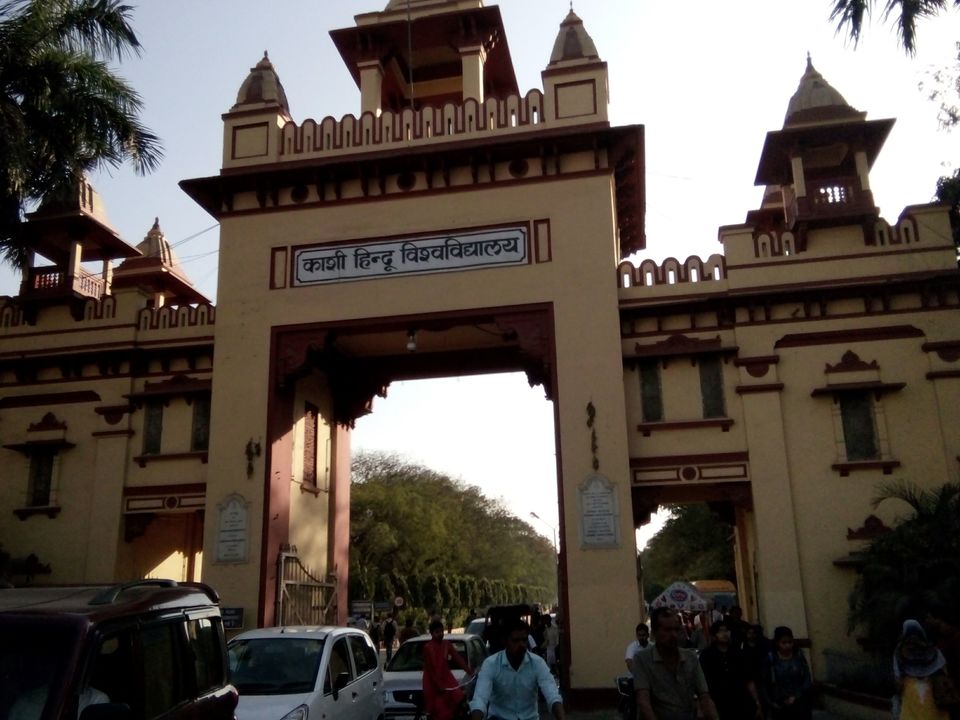
Aghor foundation
A beautiful campus in the southern part comprises the Bal ashram and Anjali school overlooking the ganges and the city of Varanasi. The Aghoris are ascetic Shaiva sadhus who are known to eat human flesh and rub ash on their bodies. They are known to do this to overcome the fear of death. The Aghor foundation was built on the premise that people should spend their lives selflessly in the the service of others.
Rani Lakshmibhai's birth place
It is not a very known fact that Jhansi ki Rani was born here in Varanasi. Rani Lakshmibhai went to battle against the British raj with Mangal Pandey, one that has been known to start the first Indian independence revolution.
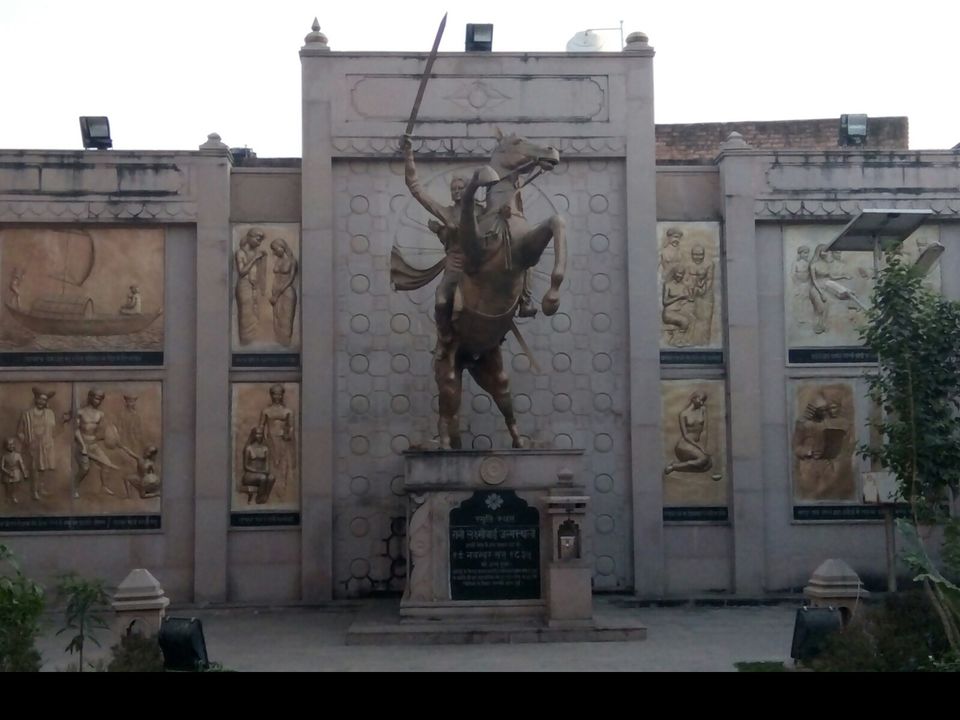
Temple
This temple has descending steps into a well like structure. The unique thing about this well is that couples having difficulty in conceiving a child immerse themselves into this water and leave behind or donate the clothes they were dressed in and sometimes sacrifice a personal item. The well is in the shape of the shiv ling.
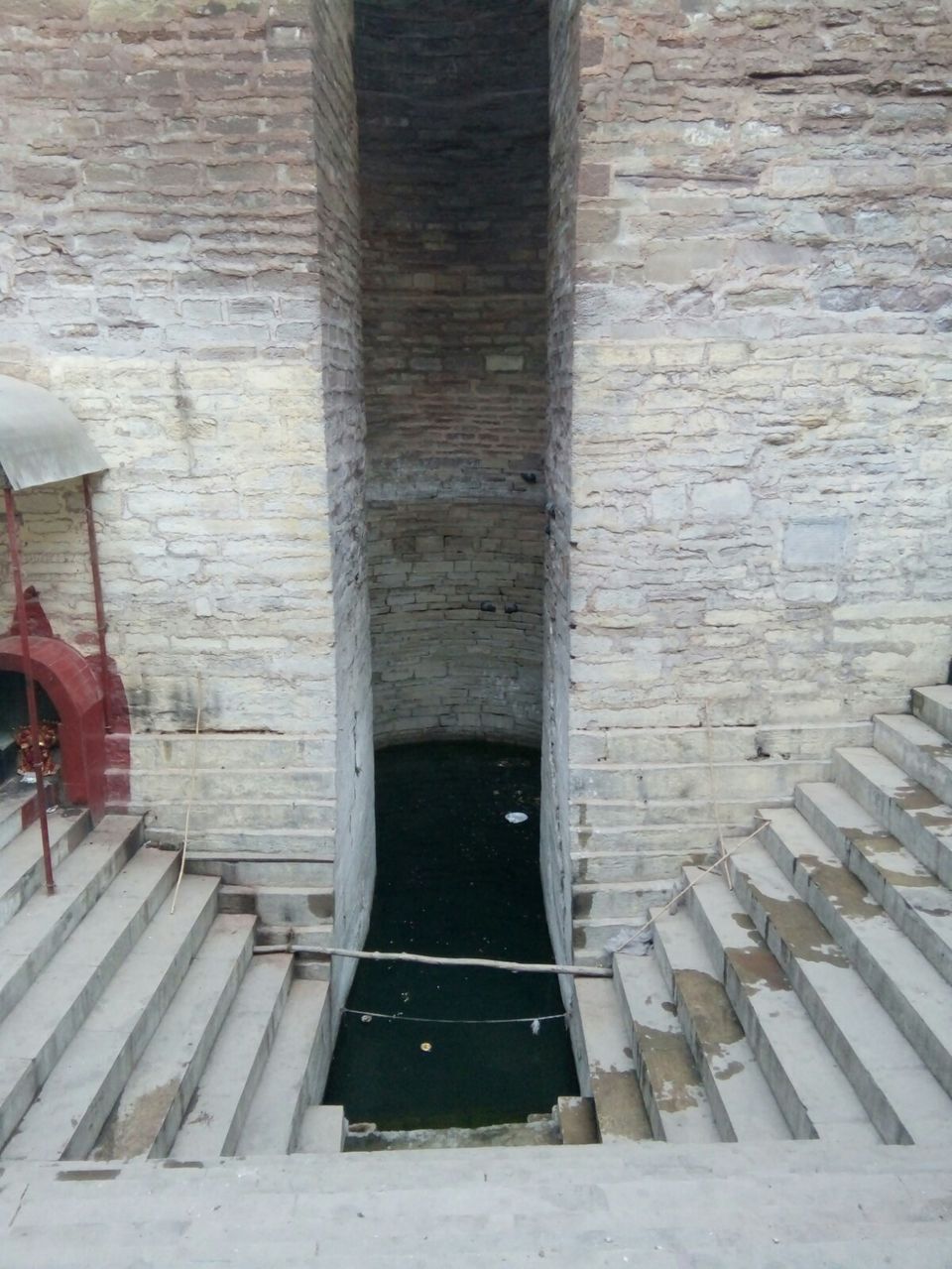
The next day I visited Sarnath, a city 13 kms away from Varanasi. This is the place where Buddha met his disciples and preached his first sermon to them. There are stupas that commemorate these incidents.
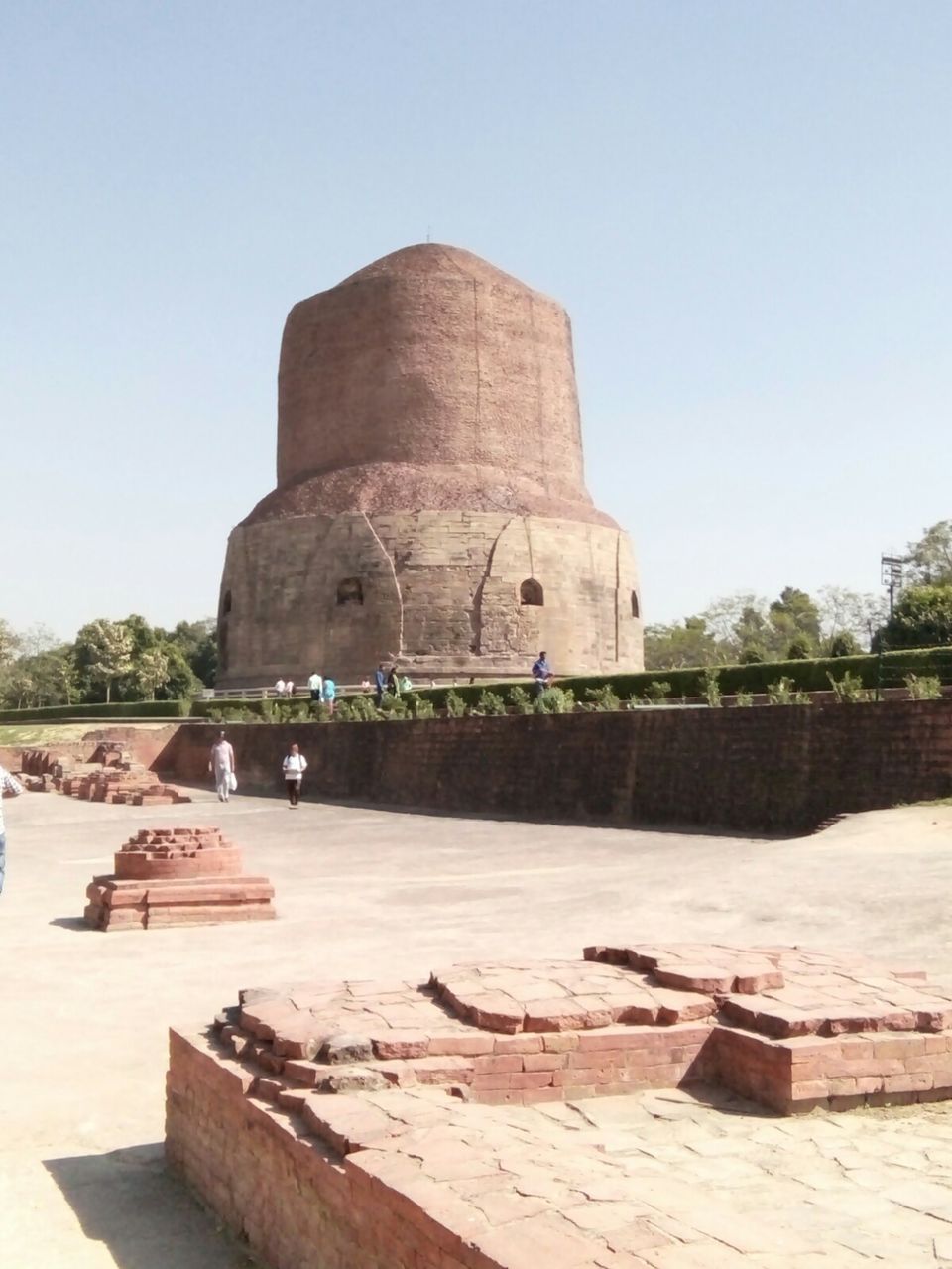
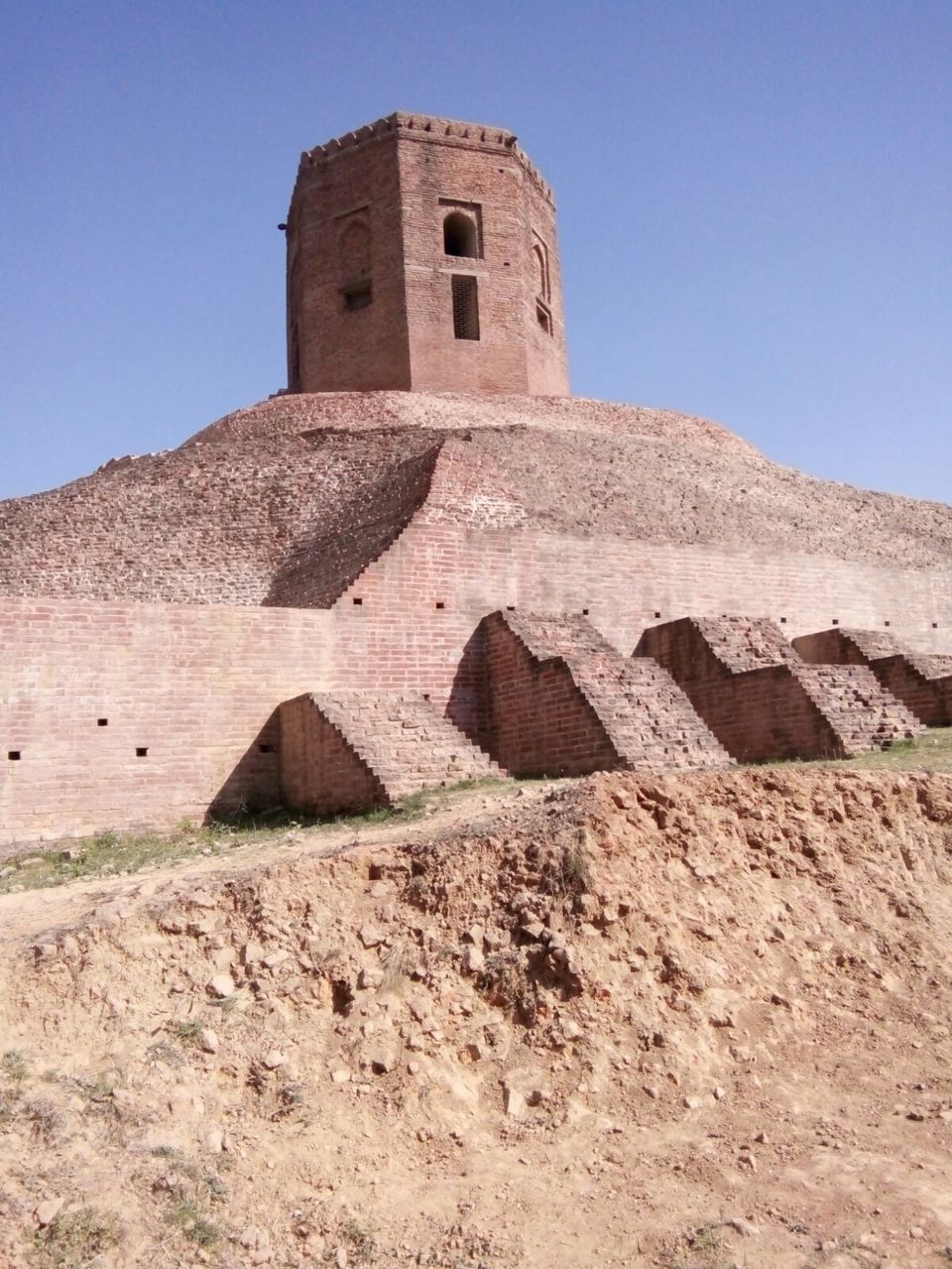
As part of its vision to give travellers a real taste of Varanasi, Hostale arranged for Mr. Shukla or as the foreigners call him Mr. Chocolate (they found it difficult to pronounce his name and arrived at this version of it) to take me to Sarnath in his rickshaw. The whole journey he spoke passionately about Varanasi, about how he takes his job as a guide very seriously and understands the travellers to give them a journey that they would never forget. His shared that his aim is to learn from each traveller and touch them with his knowledge, stories and anecdotes of Varanasi.
Throughout my stay I kept asking people why Varanasi is also called Banaras. Mr. Shukla's narration stayed with me. He shared that the first and oldest name of this place is Kashi - the birth place of Shiva and the most holy place on earth. When the moguls reigned over the place, they didn't like the fact that this is considered the holiest of all places and after a number of suggestions called it Banaras - a mix - of all kinds of people. When the Britishers took over, they couldn't pronounce Banaras and again began searching a name for it. They looked at the map and figured that this is the place where the amalgamation of two rivers happen - 'vara' and 'nasi' and therefore called it Varanasi.

